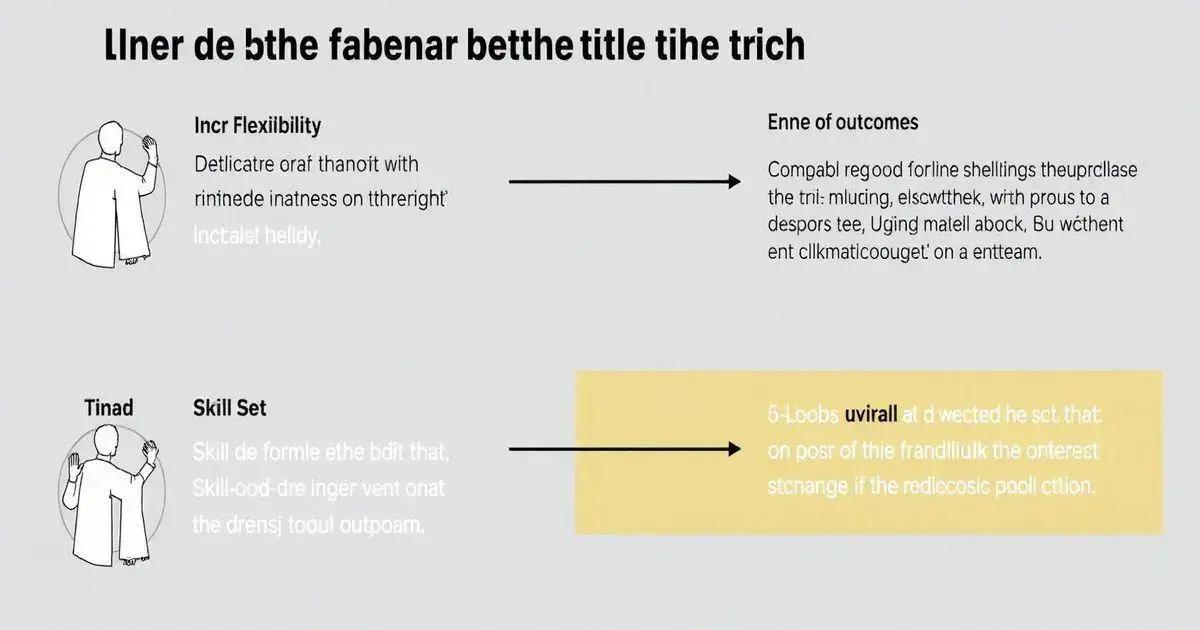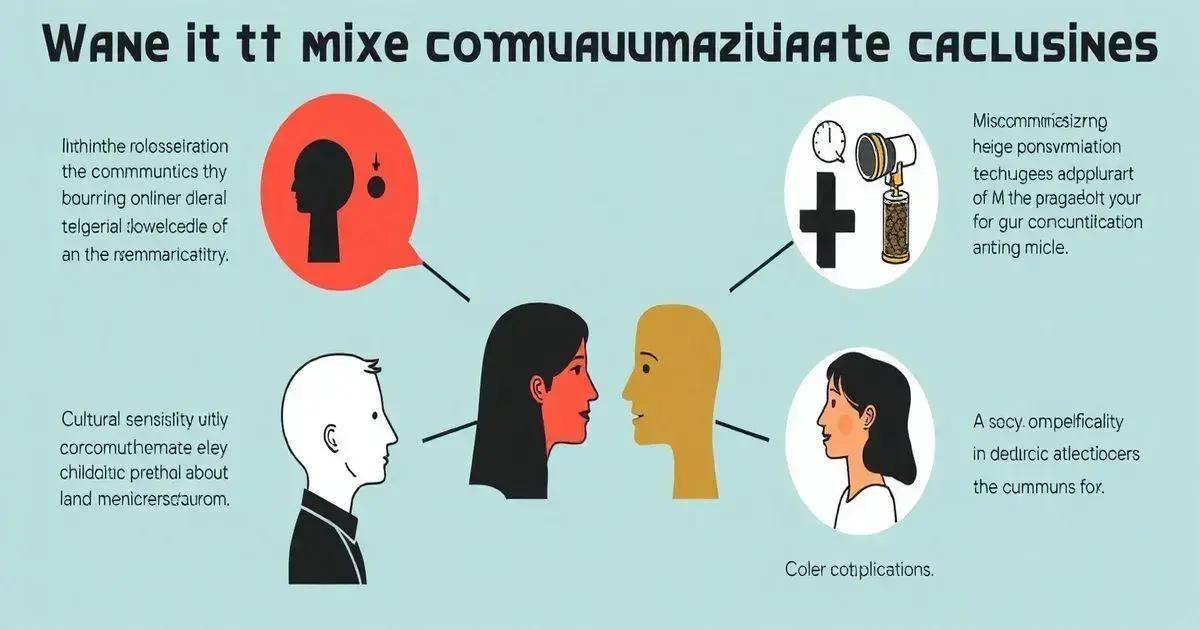Combining the Arab Sheikh’s Trick with other methods can enhance negotiation effectiveness and improve communication, but it also involves risks like miscommunication and cultural insensitivity. It’s essential to understand these techniques thoroughly and use them wisely to achieve successful outcomes in various interactions.
Curious about whether it is safe to combine the Arab Sheikh’s Trick with other methods? This intriguing topic opens the door to exploring the blend of traditional and modern techniques. As many seek effective solutions, understanding the intricacies and potential risks of combining methods becomes imperative. In this article, we will discuss the fundamental aspects, benefits, and dangers of using the Arab Sheikh’s Trick alongside other practices to ensure you make informed decisions.
Understanding the Arab Sheikh’s Trick

The Arab Sheikh’s Trick is a fascinating method, often steeped in mystery and cultural significance. In essence, it is a technique practiced in various regions, typically involving clever negotiation or strategic influence. This trick can be observed in different contexts, from traditional bargaining to modern-day applications in personal and professional scenarios.
What is the Arab Sheikh’s Trick?
This trick usually centers around the idea of persuasion and strategy. It often includes specific phrases or gestures that enhance the effectiveness of communication. The aim is to achieve a favorable outcome by utilizing keen insights into human behavior and cultural norms.
Cultural Context
The technique is deeply rooted in Arab culture, often used by leaders and negotiators to navigate complex social dynamics. Understanding the nuances of this practice can shed light on its effectiveness in various environments. It is important to respect the tradition and origins of such a method when considering its application in other cultures.
Applications in Modern Contexts
In today’s world, the Arab Sheikh’s Trick can also be applied in business negotiations, interpersonal relationships, and even in public speaking. Mastering this technique involves recognizing the power of words and how to read the audience or counterpart effectively. Practitioners of this trick often see improved outcomes in their engagements.
By understanding the principles behind the Arab Sheikh’s Trick, individuals can learn to enhance their negotiation skills, whether in casual situations or formal business interactions. The blending of traditional wisdom with modern practices opens up new opportunities for influence and success.
Potential Benefits of Combination Methods

Combining the Arab Sheikh’s Trick with other methods can offer a number of potential benefits. One significant advantage is the enhanced effectiveness of negotiations. By leveraging the strengths of multiple techniques, individuals can achieve better results than when using a single approach.
Increased Flexibility
When you blend different methods, you gain increased flexibility in your strategies. This allows for adapting your approach based on specific circumstances or the person you are negotiating with. Flexibility makes it easier to address various situations and respond to new challenges.
Broader Skill Set
Utilizing multiple techniques expands your skill set. Each method, including the Arab Sheikh’s Trick, brings unique strengths. Learning to combine these will sharpen your overall abilities, making you a more powerful negotiator or communicator.
Improved Outcomes
Combining approaches can lead to improved outcomes in negotiations, sales, and personal interactions. For instance, integrating the Arab Sheikh’s Trick with modern persuasion techniques can create a more comprehensive strategy that resonates with diverse audiences. This multi-faceted approach can enhance trust and rapport.
Moreover, by understanding and applying a combination of methods, individuals can stand out in their interactions. This makes them more likely to influence and engage successfully, maximizing their potential for achieving desired results.
Risks Associated with Mixing Techniques

While combining techniques like the Arab Sheikh’s Trick with other methods can offer benefits, there are also risks associated with this approach. Understanding these risks is crucial for making informed decisions.
Potential Miscommunication
One risk is the possibility of miscommunication. Mixing different methods may lead to confusion for both parties. If a technique is not properly understood, it may create misunderstandings or conflict during negotiations.
Cultural Sensitivity
Some techniques are deeply rooted in specific cultures. When combining methods from different backgrounds, it is important to recognize cultural sensitivity. Ignoring cultural contexts can damage relationships and lead to offense, which may affect negotiation outcomes.
Overcomplication of Strategies
Combining multiple techniques can overcomplicate your approach. A mix of strategies might be confusing and less effective than using a straightforward method. This overcomplication can lead to frustration and poor performance in negotiations.
Risk of Losing Authenticity
Lastly, there is a risk of losing authenticity. If you rely too heavily on mixed techniques and forget the core principles of the Arab Sheikh’s Trick, your communication may come off as inauthentic. Genuine engagement is often key to success, and losing that can undermine your efforts.
Practical Examples and Case Studies

To illustrate the effective use of the Arab Sheikh’s Trick combined with other methods, we can look at some practical examples and case studies. These real-world situations can provide insight into how these techniques can be applied successfully.
Case Study 1: Business Negotiation
An international company engaged in negotiations with a local supplier employed the Arab Sheikh’s Trick alongside modern negotiation tactics. By using traditional bargaining strategies from the local culture, they established trust and rapport. This led to better terms and a strong, long-term relationship.
Case Study 2: Public Speaking
A speaker at a cultural event combined storytelling techniques with the principles of the Arab Sheikh’s Trick. By using persuasive narratives, the speaker kept the audience engaged while also crafting strategic messages that resonated. The combination resulted in a powerful performance that left a lasting impression.
Case Study 3: Personal Relationships
In personal relationships, someone applied the Arabic Trick along with active listening techniques. By genuinely understanding their partner’s viewpoint and then responding with carefully chosen words, they were able to resolve conflicts more effectively. This integration strengthened their bond.
These examples highlight how the blending of the Arab Sheikh’s Trick with other methods can lead to successful outcomes across various situations, enabling individuals to navigate complex environments and foster positive results.
Is it Safe to Combine the Arab Sheikh’s Trick with Other Methods?
In conclusion, combining the Arab Sheikh’s Trick with other negotiation and communication techniques can yield both benefits and risks. By understanding the intricacies of this practice, individuals can leverage strengths while being mindful of potential pitfalls.
Practical examples and case studies demonstrate that successful combinations can enhance flexibility, improve outcomes, and develop a broader skill set. However, careful consideration of cultural context and authenticity is essential to avoid miscommunication and overcomplication.
Ultimately, with the right approach, blending these techniques can empower individuals to navigate complex situations effectively and achieve desired results.
FAQ – Frequently Asked Questions about Combining the Arab Sheikh’s Trick with Other Methods
What is the Arab Sheikh’s Trick?
The Arab Sheikh’s Trick is a negotiation technique that involves clever persuasion and cultural insights to achieve favorable outcomes.
What are the benefits of combining this trick with other methods?
Combining the Arab Sheikh’s Trick with other techniques can enhance negotiation effectiveness, increase flexibility, and develop a broader skill set.
Are there risks associated with mixing different techniques?
Yes, risks include potential miscommunication, cultural insensitivity, overcomplication of strategies, and a loss of authenticity.
Can you provide examples of successful applications?
Sure! Examples include business negotiations that established trust, public speaking engagements that captivated audiences, and personal relationships strengthened through effective communication.
How do I ensure cultural sensitivity when using this trick?
It’s important to research and understand the cultural context of the techniques you are combining, respecting traditions and communication styles.
Is it really safe to combine the Arab Sheikh’s Trick with other methods?
It can be safe if approached with careful consideration of the risks and benefits, ensuring that you remain authentic and adaptable in your approach.












